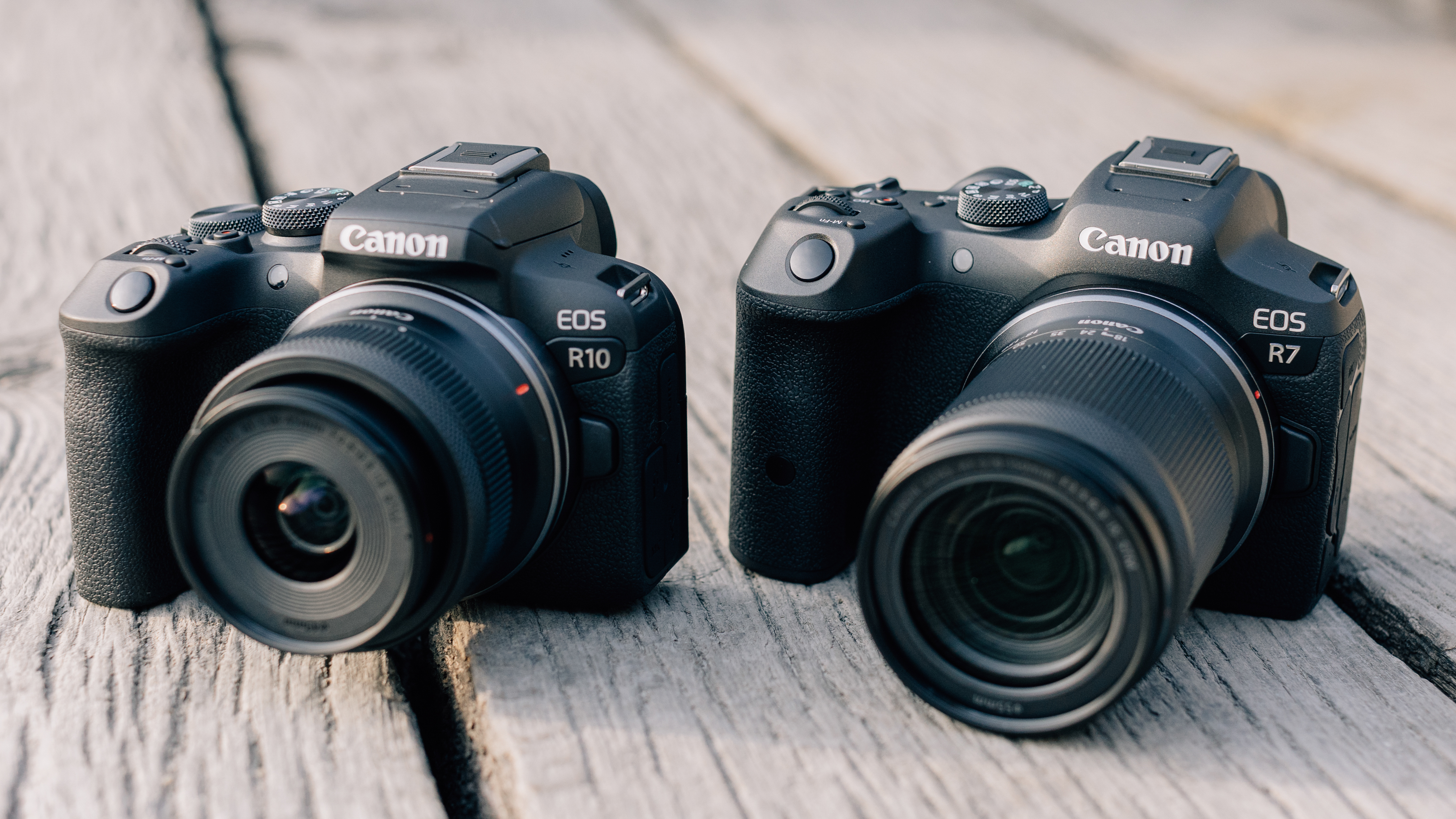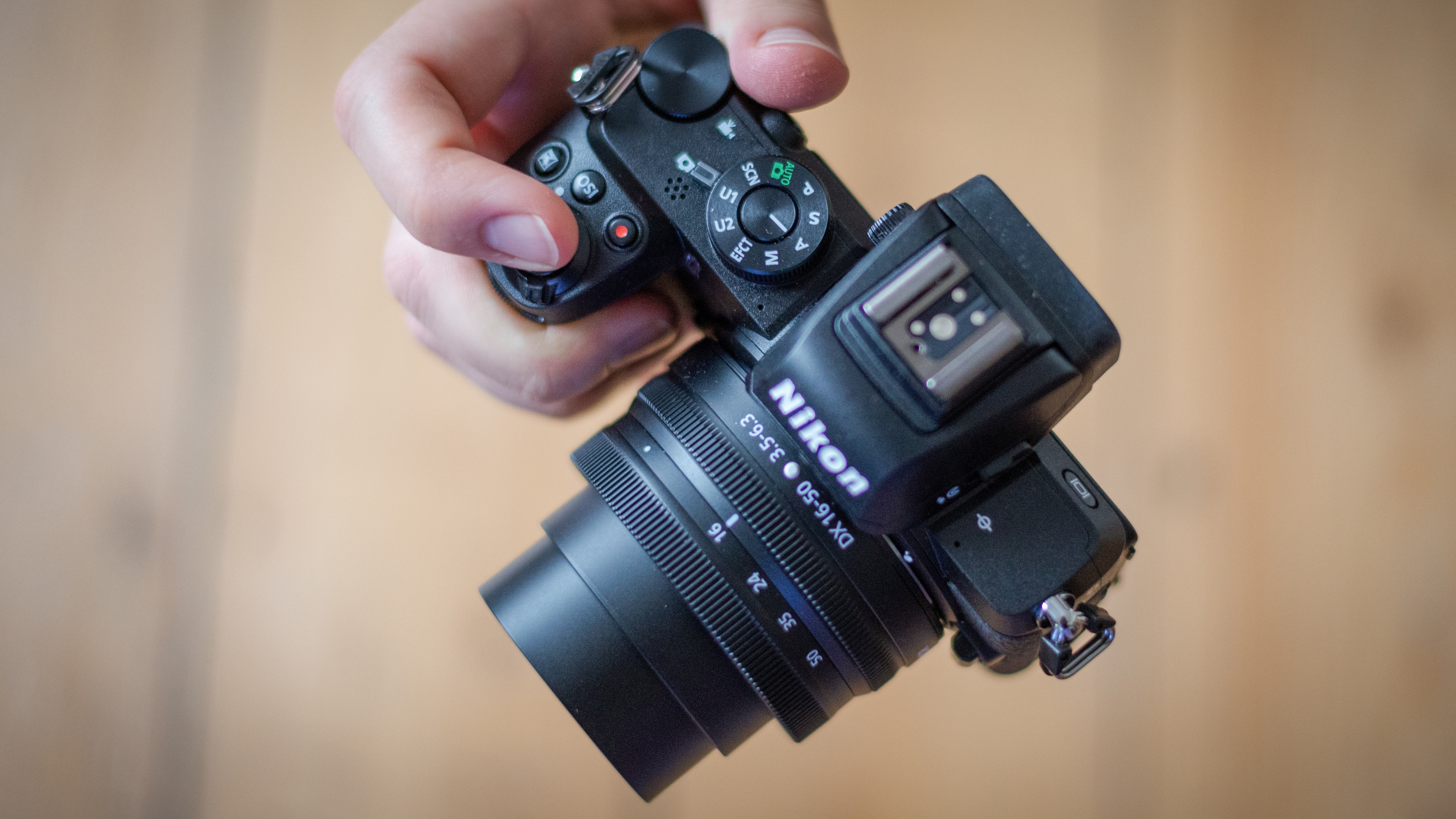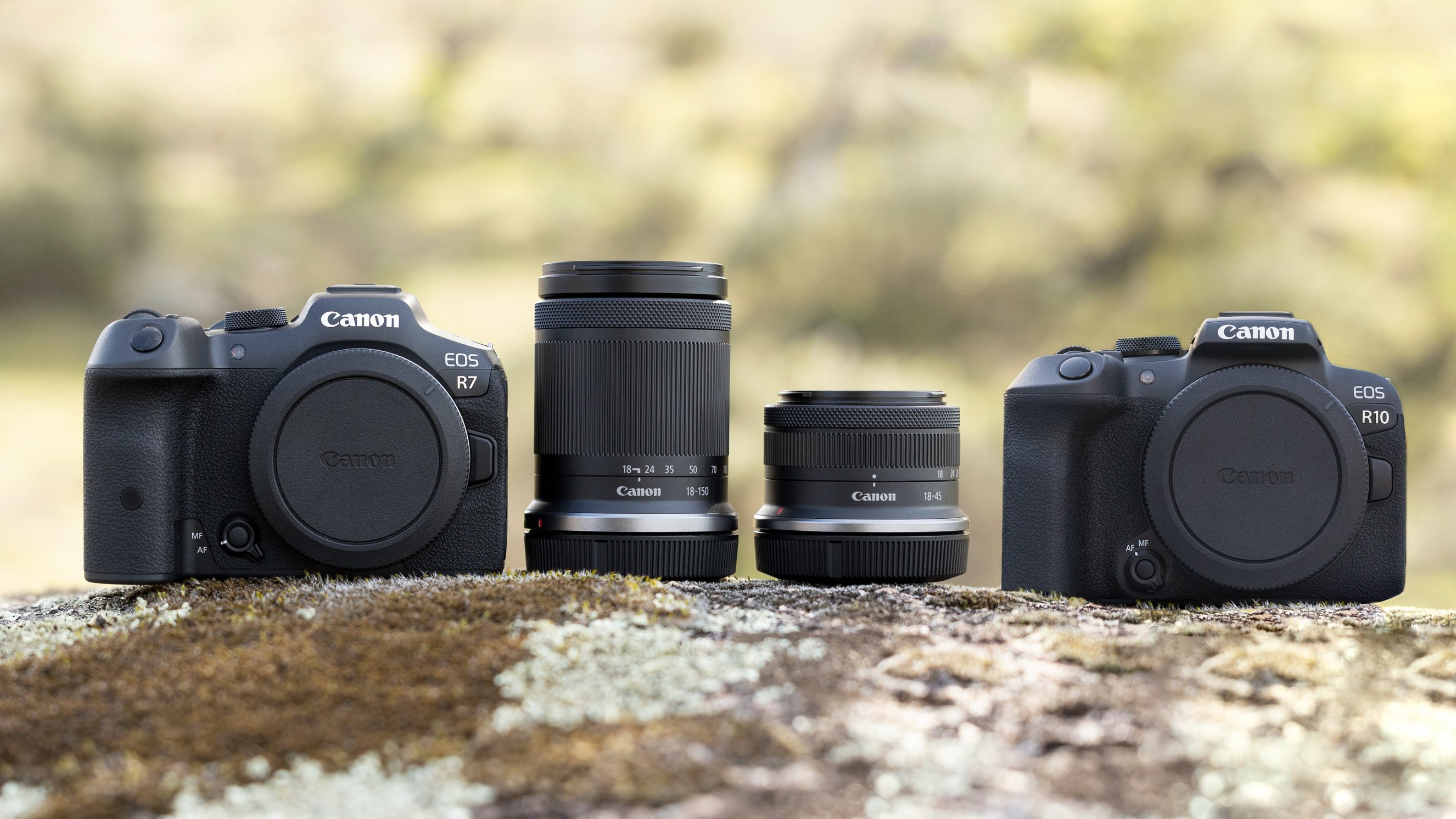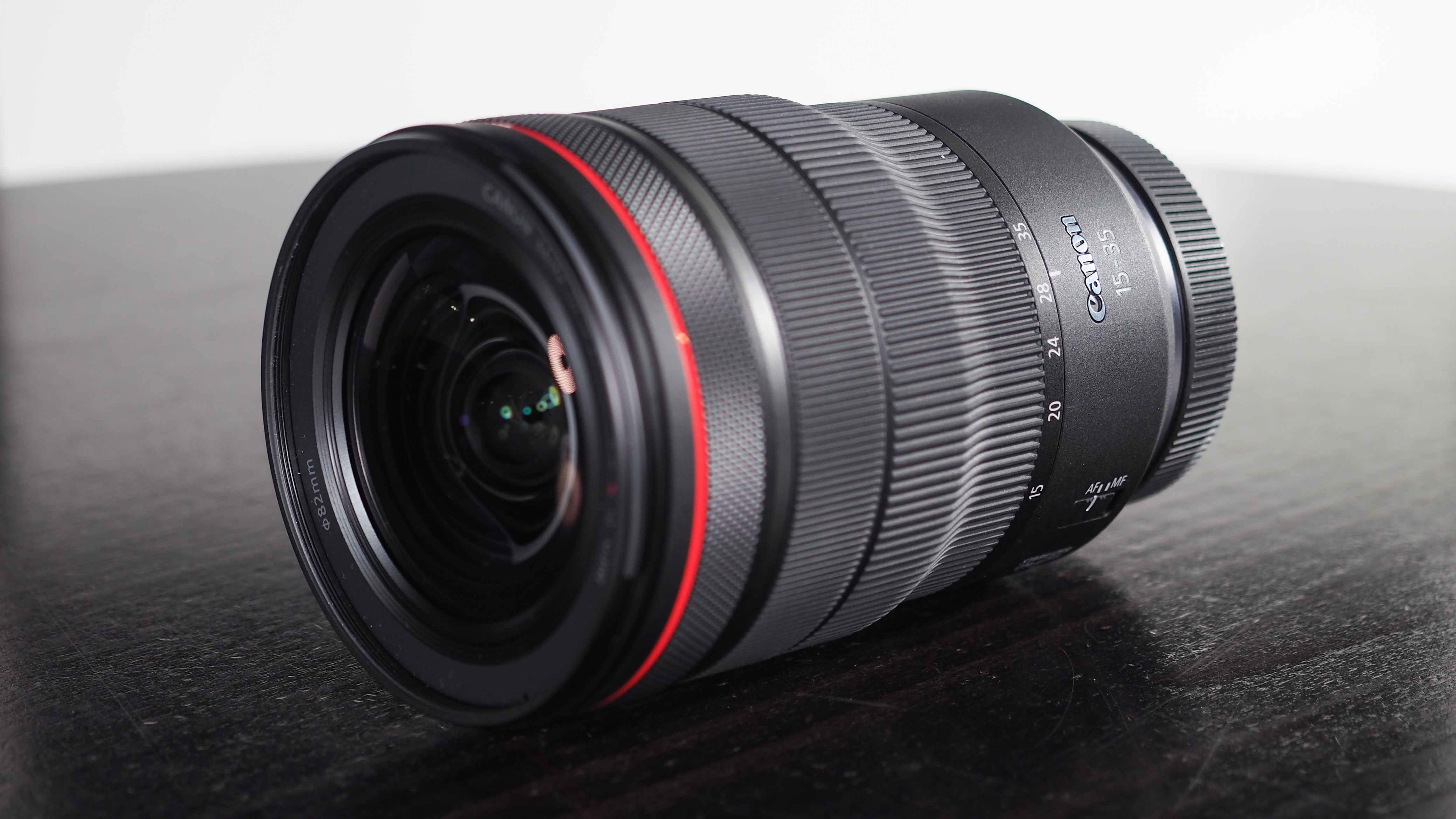Dear Canon, DON’T DO A NIKON. The RF-S system needs lenses, and soon
It’s great to see Canon getting back into the APS-C camera sector, but this will never work if it doesn’t make lenses too

The launch of the Canon EOS R7 and EOS R10 comes after months of speculation and marks a long-awaited extension of Canon’s RF camera system into the smaller APS-S format.
But it takes more than cameras to create a system – you also need lenses. And so far, we only know of two – the RF-S 18-45mm F4.5-6.3 IS STM and RF-S 18-150mm F3.5-6.3 IS STM. Both are effectively standard zoom lenses, with the 18-150mm offering a longer zoom range.
So where are the rest? Canon Rumors has had a tip-off that the following five lenses are coming, though there is no official word from Canon.
• Canon RF-S 22mm f/2 STM
• Canon RF-S 11-55mm f/4-4.5 IS STM
• Canon RF-S 55-250mm f/4.5-7.1 IS STM
• Canon RF-S 16-55mm f/2.8 IS USM
• Canon RF-S 32mm f/1.4 STM
If these lenses are truly on their way, then that’s definitely good news; otherwise, Canon will find itself in the same boat as Nikon, with its very thin-looking Nikon Z DX system.
Canon must learn from the Nikon Z50 situation
Nikon launched its APS-C format Nikon Z50 way back in October 2019. That’s nearly two and a half years ago at the time of writing. And yet even now there are only three ‘native’ Z DX lenses – the Nikkor Z DX 16-50mm f/3.5-6.3, the later Nikkor Z DX 18-140mm f/3.5-6.3 (so effectively the same options as Canon’s new RF-S system) and the Nikkor Z DX 50-250mm f/4.5-6.3.
You could, if you wanted, include the Nikkor Z 28mm f/2.8 SE lens launched alongside the APS-C Nikon Z fc, but that’s really a full frame lens that happens to be quite compact.
The best camera deals, reviews, product advice, and unmissable photography news, direct to your inbox!
The ONLY other Nikkor Z DX lens in the pipeline according to the latest Nikon Z lens roadmap, is a 12-28mm ultra-wide zoom of unknown specification or even release date.
If Nikon wants enthusiasts to take the Z50 and Z fc cameras seriously, it needs more lenses – and the wait for an ultra-wide zoom in particular has been way too long.
So the danger for Canon, and for anyone buying into the Canon RF-S system, is that this might happen all over again.
The hope for Canon fans is that Canon might at least crack on with converting some of its existing APS-C EOS M lenses to the new mount. The possible lenses exist already.
The worst thing would be if Canon apes Nikon and doesn’t follow up with a proper lens choice. Until then, the EOS R7 and EOS R10 are excellent cameras which aren’t a whole lot of use to anyone.
Why can’t you just use full frame RF lenses?
You can – they’ll fit straight on to the EOS R7 and R10. But there are three key reasons why this is not a long-term solution.
1. The crop factor of the smaller sensor. This means that full frame lenses are effectively 1.6x ‘longer’ on the smaller APS-C format. This is great for telephotos as it gives them more ‘reach’, and seldom a major disadvantage for portrait or macro lenses. But it’s no good for standard zoom lenses or ultrawide optics – full frame alternatives won’t be ‘wide’ enough and you need dedicated APS-C lenses for everyday and shorter focal lengths.
2. Full frame lenses are much bigger and heavier. They are unlikely to balance nicely on a smaller format body and in effect you are wasting their larger frame area by only using a smaller APS-C size area in the middle.
3. Full frame lenses are more expensive too! You might have saved money on an APS-C camera, but what was the point if you don’t save money on lenses too? Lenses designed for the APS-C format are smaller, lighter and less expensive than full frame lenses that just happen to fit.
Read more:
• Best Canon cameras
• Best mirrorless cameras
• Best Canon RF lenses

Rod is an independent photography journalist and editor, and a long-standing Digital Camera World contributor, having previously worked as DCW's Group Reviews editor. Before that he has been technique editor on N-Photo, Head of Testing for the photography division and Camera Channel editor on TechRadar, as well as contributing to many other publications. He has been writing about photography technique, photo editing and digital cameras since they first appeared, and before that began his career writing about film photography. He has used and reviewed practically every interchangeable lens camera launched in the past 20 years, from entry-level DSLRs to medium format cameras, together with lenses, tripods, gimbals, light meters, camera bags and more. Rod has his own camera gear blog at fotovolo.com but also writes about photo-editing applications and techniques at lifeafterphotoshop.com



